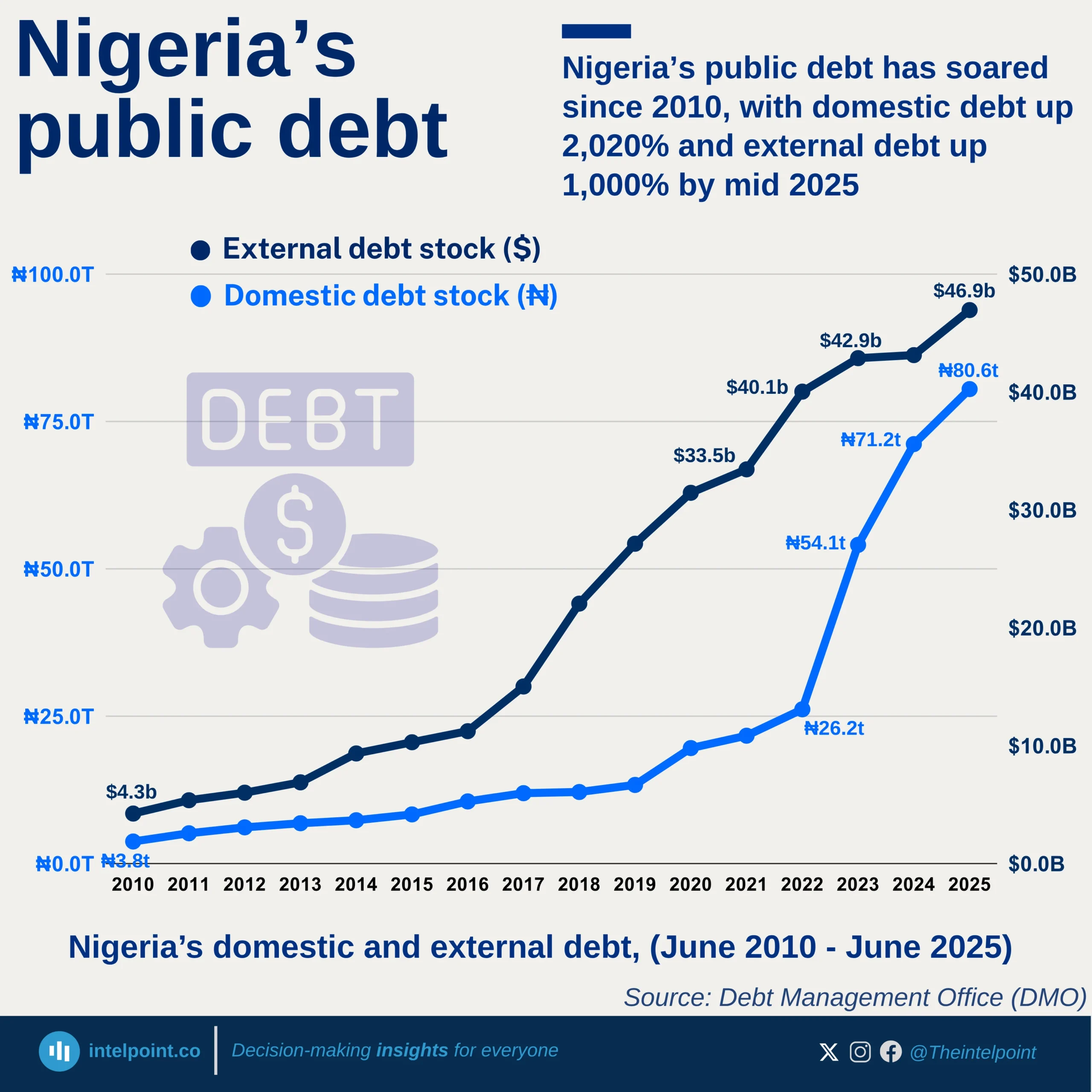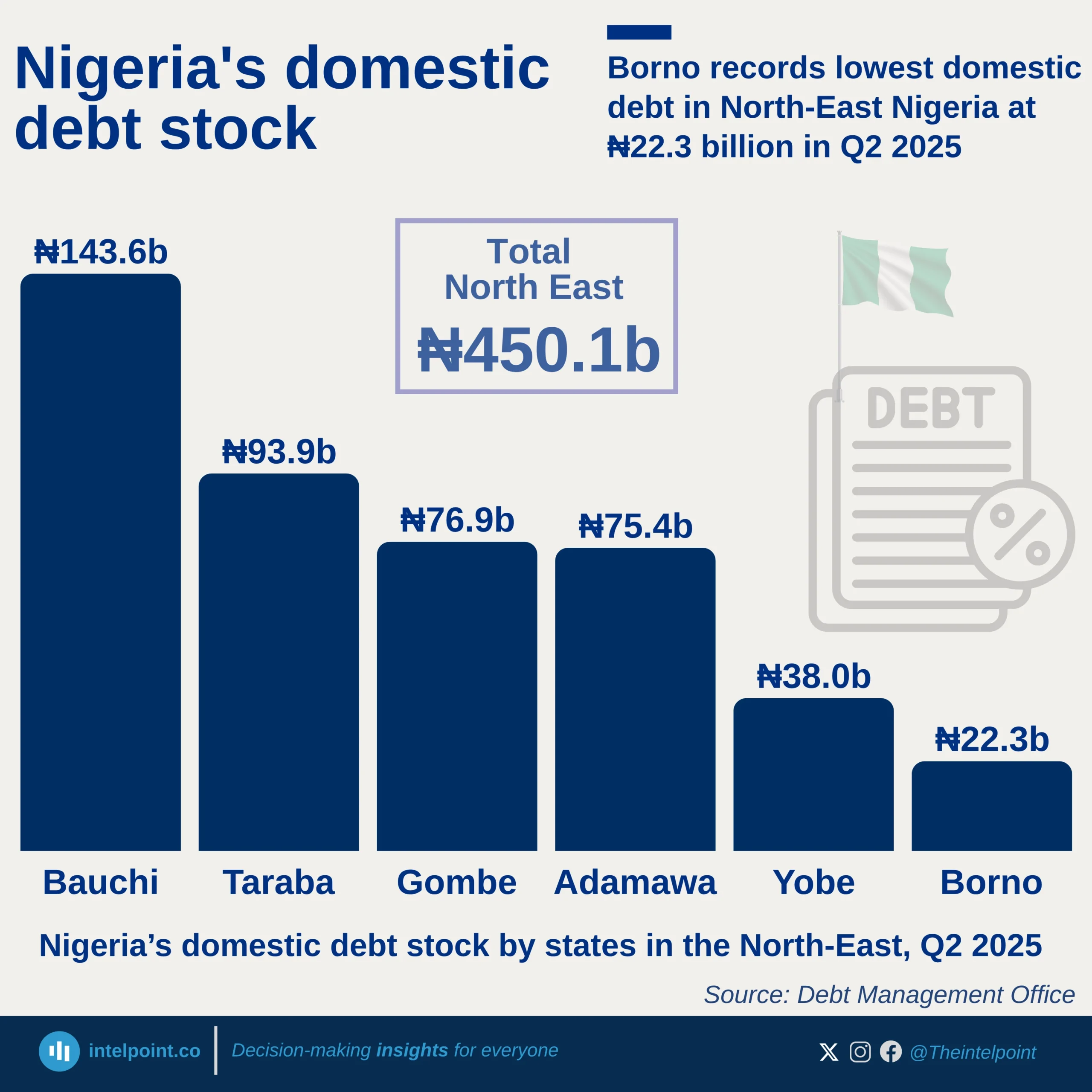Nigeria’s crude oil production between Q1 2022 and Q2 2025 reflects a cycle of volatility followed by gradual recovery. In 2022, production struggled, dropping from 1.49 mbpd in Q1 to just 1.20 mbpd in Q3—the lowest point of the period—before closing the year with a partial rebound. The following year, 2023, saw a strong recovery, particularly in Q3 when output surged by nearly 19% quarter-on-quarter, pushing production back toward pre-decline levels.
In 2024, output growth was more subdued, fluctuating within a narrow range as Nigeria stabilised production despite challenges from pipeline issues and OPEC quota pressures. Entering 2025, the sector gained momentum again: three consecutive quarters of positive growth lifted production to 1.68 mbpd by Q2, its highest point in over three years. This trend suggests Nigeria may be consolidating gains from reforms and improved security in oil-producing regions, signalling cautious optimism for sustained output.





